5 Signs Your Tap Water is Not as Safe as You Think
Ensuring access to clean and safe drinking water is vital for maintaining health and well-being. While many households rely on tap water, assuming it meets safety standards, this isn’t always the case. Contaminants can infiltrate your water supply through various means, making it crucial to recognize the signs that your tap water may not be as safe as you think. Here are five key indicators that your tap water might be compromised.
1. Unusual Taste and Odor
One of the most noticeable signs that your tap water may be unsafe is a strange taste or odor. While tap water typically has a neutral or slightly chlorinated taste, the presence of certain contaminants can alter this significantly.
Common Issues
- Chlorine or Chemical Taste: A strong chlorine or chemical taste might indicate excessive chlorination or the presence of other chemicals.
- Metallic Taste: A metallic taste often points to the presence of heavy metals like lead, iron, or copper.
- Sulfur or Rotten Egg Smell: This odor suggests the presence of hydrogen sulfide, a gas that can result from the decay of organic matter or bacteria in the water supply.
What to Do
If you notice unusual tastes or odors in your tap water, it’s essential to get it tested immediately. Professional testing can identify the specific contaminants present and their concentrations, allowing you to take appropriate action.
2. Discoloration or Cloudiness
Clearwater is a sign of purity, so any change in the clarity or color of your tap water can be alarming. Discoloration or cloudiness often indicates the presence of impurities or particulate matter.
Common Issues:
- Rusty or Brown Water: This can be caused by the corrosion of iron pipes or the presence of manganese, which can be harmful if ingested over time.
- Green or Blue Tint: Often a sign of copper pipe corrosion, which can lead to elevated copper levels in the water.
- Milky or Cloudy Water: Typically caused by air bubbles, but if it doesn’t clear up, it could indicate the presence of harmful bacteria or high levels of minerals.
What to Do
Discoloration should not be ignored. Conduct a simple jar test by filling a clear glass with tap water and letting it sit for a few hours. If the water remains discolored or cloudy, it’s time to have it tested for contaminants.
3. Stains and Deposits
The presence of stains and deposits on your fixtures, dishes, and clothing can be more than just a nuisance—it can be a sign of water quality issues.
Common Issues
- Limescale Buildup: White, chalky deposits are indicative of hard water, which contains high levels of calcium and magnesium.
- Rust Stains: Reddish-brown stains on sinks, toilets, and laundry suggest the presence of iron in the water.
What to Do
Consider installing a water softener to combat hard water and prevent limescale buildup. For rust stains, a whole-house filtration system designed to remove iron can be effective.
4. Frequent Plumbing Issues
Frequent plumbing issues, such as clogged pipes or reduced water pressure, can also signal problems with your tap water quality.
Common Issues
- Pipe Clogs and Corrosion: High mineral content in water can lead to pipe corrosion and clogs, affecting the flow and quality of water.
- Reduced Water Pressure: This can be a sign of mineral buildup or corrosion within your plumbing system.
What to Do
Regular maintenance and inspections of your plumbing system can help identify and address these issues early. Installing a whole-house water filtration system can also mitigate the effects of hard water and reduce the risk of plumbing problems.
5. Health Symptoms and Concerns
Perhaps the most serious indication that your tap water might be unsafe is the onset of health symptoms in household members.
Common Issues:
- Gastrointestinal Issues: Nausea, diarrhea, and stomach cramps can be signs of bacterial contamination in the water.
- Skin Irritation: Rashes, dryness, or other skin issues can indicate the presence of chlorine, heavy metals, or other contaminants.
- Unexplained Illnesses: Consistent unexplained health problems, especially among children or immunocompromised individuals, should prompt a thorough investigation of your water quality.
What to Do
If you suspect your tap water is causing health issues, consult a healthcare professional and have your water tested immediately. Installing a certified RO (Reverse Osmosis) water purifier can help eliminate a wide range of contaminants and provide safe drinking water.
Aquafresh RO Purifier
Experience the ultimate in water purification with Aquafresh RO Purifier, the top choice for clean, safe drinking water. Combining advanced technology with superior filtration, Aquafresh ensures every drop is free from impurities. Trust the best in the industry to safeguard your family’s health with pure, refreshing water. Choose Aquafresh RO Purifier for unmatched quality and peace of mind. Elevate your hydration experience with Aquafresh today.
Conclusion
Ensuring that your tap water is safe is crucial for the health and well-being of your household. By being aware of these signs—unusual taste and odor, discoloration or cloudiness, stains and deposits, frequent plumbing issues, and health symptoms—you can take proactive steps to address potential water quality problems. Regular testing, proper maintenance of your water purification systems, and the installation of effective filtration solutions like RO purifiers can help you enjoy clean, safe, and healthy drinking water. Don’t compromise on water quality—invest in the safety of your tap water today.
Don’t Miss: Is Alkaline Water Good for You? Unveiling Facts About Drinking High pH Water


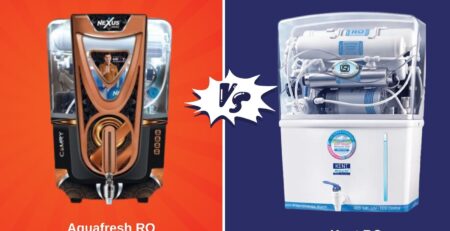


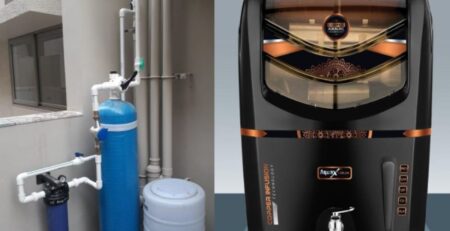
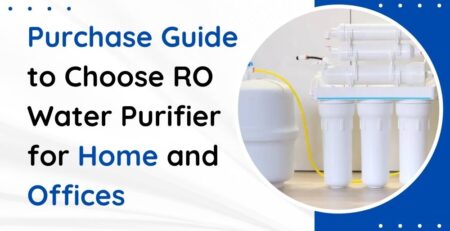
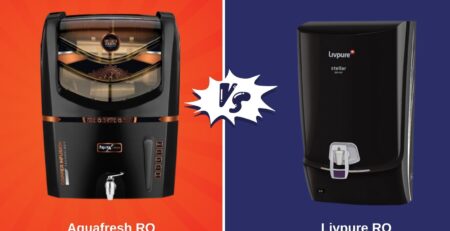

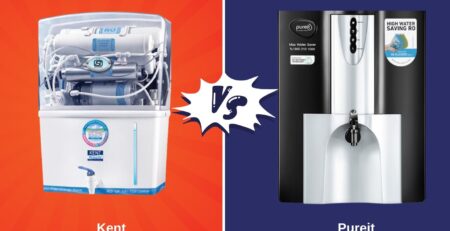
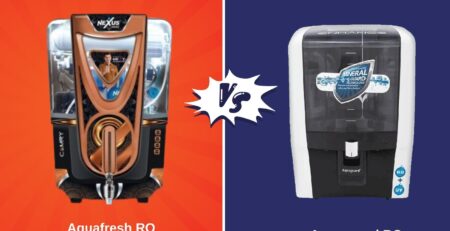
Leave a Reply